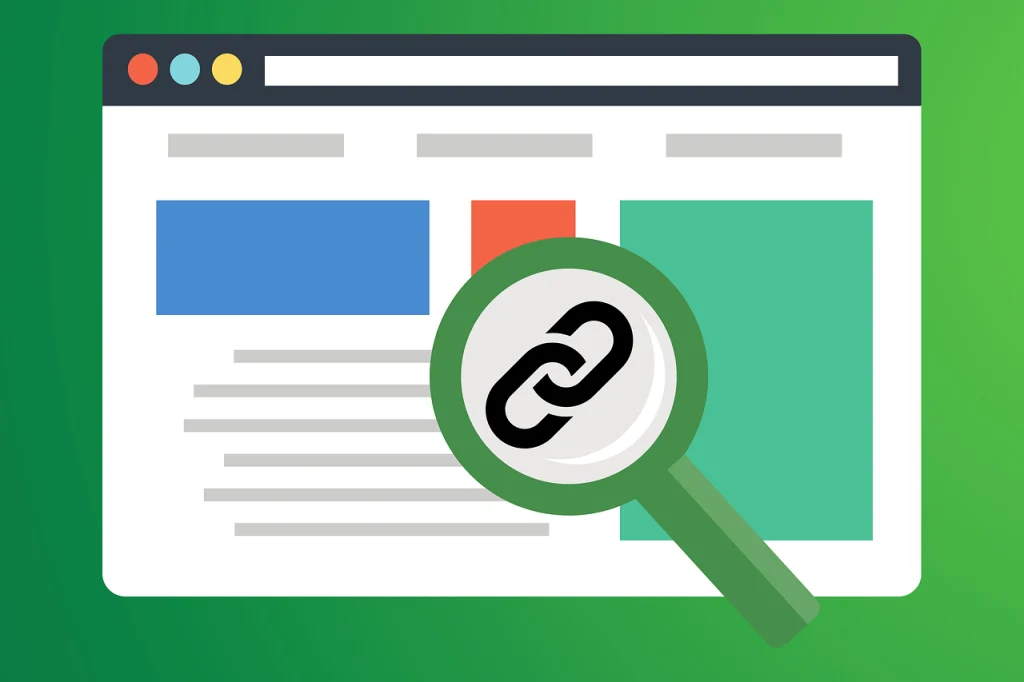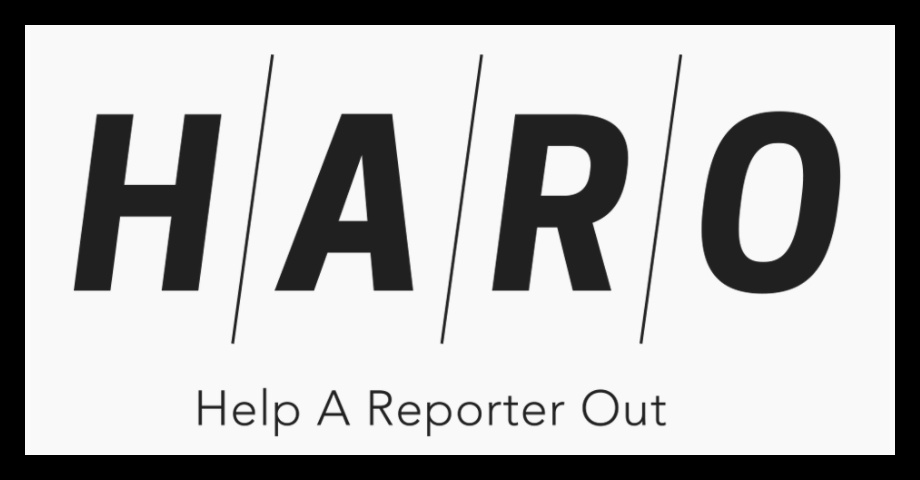
Anyone else get an unexpected new background that popped up after a Windows update?
Don’t worry, it’s a common annoyance, but there’s a simple solution to restore your preferred desktop background.
Here’s how to fix it, step-by-step guide:
- Open Windows Settings:
- Method 1: Press the Windows key + I on your keyboard.
- Method 2: Right-click on the Start button and select “Settings.”
- Method 3: Click on the blue 4-square Windows Start icon on your screen and type “background” in the Search box – the option to update your Windows background will come up, just click on that, and skip to Step 3.
- Navigate to Personalization:
- In the Settings app, click on “Personalization.”
- Choose a New Background:
- Under the “Background” section, select “Picture.”
- Click “Browse” to choose a blank image or a default Windows background.
That’s it! Your desktop should now display your chosen background.
If you’re still having trouble, here are a few additional tips:
- Check for Third-Party Software: Some third-party software can interfere with Windows settings. Consider temporarily disabling or uninstalling any recently installed software.
- Restart Your Computer: A simple restart can often resolve minor glitches.
- Update Your Graphics Drivers: Outdated graphics drivers can sometimes cause unexpected behavior. Check for updates from your graphics card manufacturer’s website.
By following these steps, you should be able to quickly and easily restore your preferred desktop background.
Do you have any other Windows-related questions or issues? Feel free to share them in the comments below.
Are you ready to design & build your own website? Learn more about UltimateWB! We also offer web design packages if you would like your website designed and built for you.
Got a techy/website question? Whether it’s about UltimateWB or another website builder, web hosting, or other aspects of websites, just send in your question in the “Ask David!” form. We will email you when the answer is posted on the UltimateWB “Ask David!” section.













